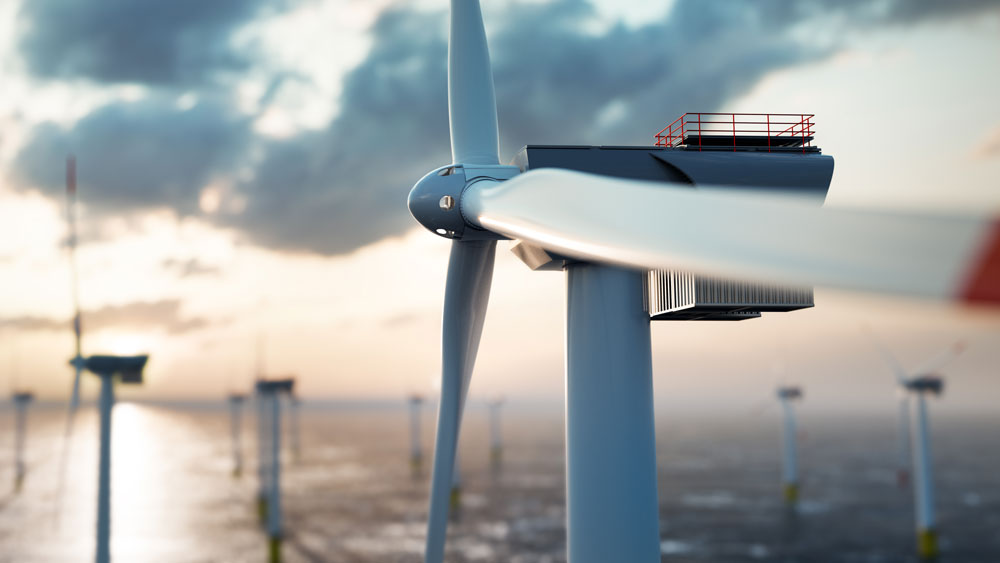
With questions about the short- and long-term reliability and sustainability of the power grid set forth by the Electric Reliability Council of Texas, more commonly referred to as ERCOT, having alternate energy options is more vital than ever.
And while many forms of renewable energy, such as solar and nuclear, call land their home, other methods — such as offshore wind farms, wave energy and current/tide energy — are taking to the seas to generate electricity.
Dr. Moo-Hyun Kim, Bauer Professor II in the Department of Ocean Engineering and director of the Ocean System Simulation and Control Lab, and his team of fellow researchers at Texas A&M University believe the next generation of offshore energy lies in the development of a synergistic combination of several renewable energy production methods, set atop a floating offshore platform.
“Offshore renewable energy can directly power remote islands, numerous ocean platforms, electric boats, and underwater drones and vehicles, as well as ‘Blue Economy’ systems, such as marine aqua-culture, fish or macro algae farms,” Kim said. “It can also be combined with desalination plants and hydrogen factories.”
The ocean renewable energy station will feature wind, wave, current and solar energy elements that could generate electricity for anything from a coastal or island community, a research lab or a military unit.
Tethered where the sea level is 60 meters or deeper, the station will be ideal when water depth increases quickly, such as along the United States’ Pacific Coast or Hawaii, and will be less obtrusive to the view of coastal residents than a fixed offshore wind farm. And, it has been proven to have a highly competitive levelized cost of energy (the measurement of lifetime costs divided by energy production).
“Denmark is now building a huge multi-source, multi-purpose ocean energy island; wind energy is already competitive against fossil fuels,” Kim said. “The biggest disadvantage of ocean renewable energy is its variability. So, some sort of storage method is highly needed to be commercially more useful.”
While offshore wind energy is commercially competitive, current wave-energy converters (which sit close to the surface of the water and utilize the natural motion of waves to generate electricity) are less cost-effective and only useful for smaller-scale, special purposes.
To help solve these problems, the ocean renewable energy station combines several different methods of renewable energy. Additionally, as Kim described, larger offshore wind turbines may create better synergy with the other forms of energy production.
The team also plans to incorporate innovative smart materials into the wave energy converter that will respond to changes in wave height and frequency and allow for more consistent power production.
“Now, the United States Department of Energy is the largest funding source for ocean renewable energy and the wind energy industry is growing fast,” Kim said. “Major oil/gas companies are also gradually shifting their business emphasis toward ocean clean energy.”